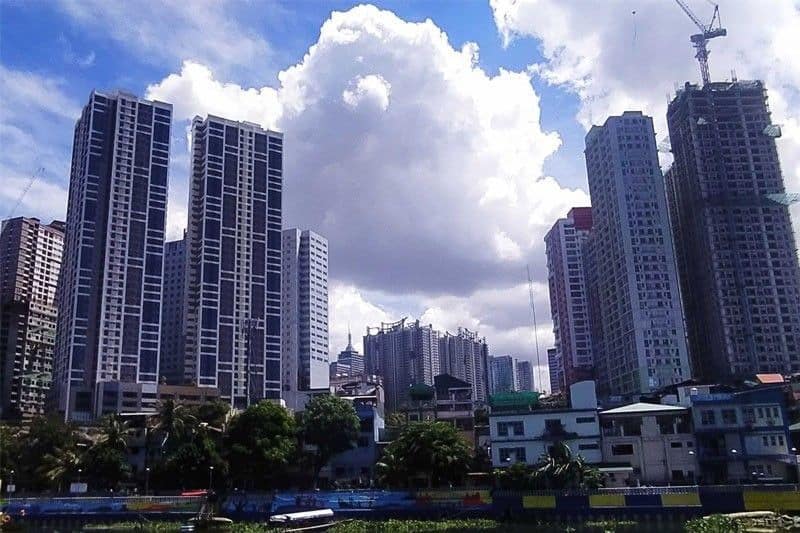
MANILA, Philippines — The anticipated economic rebound in the country would finally take shape in the second quarter, but a full-year recovery would have to wait until the next administration, the investment banking arm of the Metrobank Group said.
In its latest Market Call report, First Metro Investment Corp.(FMIC) and Capital Markets Research of the University of Asia and the Pacific (UA&P) said gross domestic product (GDP) would still be in contraction territory in the first quarter, but is expected to recover in the second quarter.
“GDP gains will accelerate slightly in the first quarter, keeping it in negative territory as the quarantine restrictions ease a bit,” the report said.
FMIC and UA&P said the second quarter GDP would be coming from a low base when the Philippines plunged into recession as the economy shrank by a record 16.5 percent last year.
The government is also expecting a recovery next quarter as it gradually starts the rollout of COVID-19 vaccines and quarantine restrictions continue to be eased.
FMIC said a resurgent manufacturing sector is providing more hope for a faster recovery, but the overhaul of disrupted supply chains could take a little more time.
It expects that the manufacturing sector will help in the first quarter, evident in the country’s headline purchasing managers’ index (PMI), which remained at 52.5 in February, firmly above the neutral 50 mark that separates expansion from contraction.
This will be positive for employment generation since the sector’s output has high multiplier effects.
Further, FMIC said the construction sector may have to wait until the second quarter to get into high gear as small- to medium-sized contractors in infrastructure projects struggle financially, while demand for commercial buildings and condominiums has contracted.
It noted that the upcoming national elections in May 2022 would help infrastructure spending go full steam ahead.
“However, full-year GDP recovery may come only by end-2022,” it said.
“Although we think that the Philippine economy could show some bounce in the first quarter and that volatility will stalk the local market for most of the first half, we have guarded optimism looking forward,” FMIC said.
Meanwhile, FMIC maintained that the high inflation rate is transitory, but would take some time to correct and continue to hover around the four percent target of the Bangko Sentral ng Pilipinas.
“Rebuilding supply chains takes time while the plethora of health certifications by cities and municipalities impede people and goods movement,” FMIC said.
“Crude oil prices have speeded beyond 2020 lows, while OFW remittances will hold on to positive territory as advanced economies recover,” it said.
Inflation quickened for the fifth straight month in February to a new two-year high of 4.7 percent as prices of meat and oil products continue to rise. It was the fastest increase since the 5.1 percent recorded in December 2018.
The continued uptick in inflation was largely caused by the spike in prices of food and non-alcoholic beverages at 6.7 percent, as well as transport costs.
Article and Photo originally posted by Philippine Star last March 10, 2021 12:00am and written by Louise Maureen Simeon.







More Stories
Vista Land Celebrates 50 Years with Sandiwa: An Event Honoring Leadership, Legacy, and the Filipino Dream of Homeownership
Vista Land Celebrates Love Month in Ilocos Region
Vista Land Bridges Cebuano Heritage and Progress with Valencia by Vista Estates